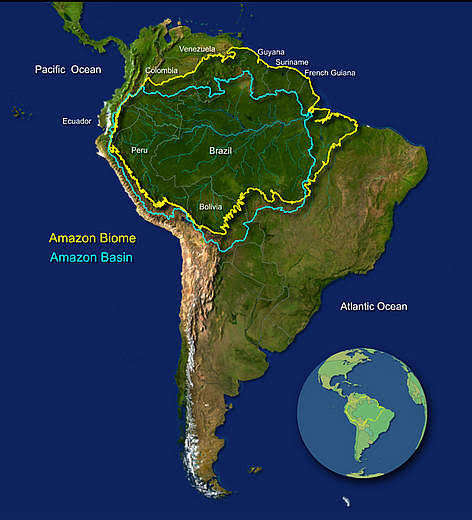Rapid Fire
Amazon Rainforests
- 10 Sep 2024
- 2 min read
Scientists are studying Amazon rainforests to figure out the extent to which forests capture and lock away huge amounts of carbon dioxide.
- A new study finds that about half of the Amazon region's carbon is contained in 2% or so of its species. These species are typically enormous hardwood trees that may be the most susceptible to climate change (and illegal logging).
- Tipping Point: The Amazon rainforest is considered one of the nine climate tipping points that could cause the global climate system to shift into a new state.
- If it passes a tipping point, the Amazon, a global sink for carbon, could release massive amounts of carbon to accelerate climate change.
- Concerns: Deforestation and frequent forest fires can turn the forest into a source of CO2.
- In the 1970s and 1980s, Brazil started large-scale forest conversion for cattle ranching and agriculture.
- Forest fires have doubled since 2013.
- Importance of Amazon Forests:
- Biodiversity: Amazon forests are home to nearly a 5th of the world’s land species and are also home to 10% of all the wildlife species.
- Water Cycle: The trees in the Amazon also release 20 billion tonnes of water into the atmosphere per day.
- Carbon Sink: 150-200 billion tons of carbon is stored in the Amazon rainforest.
Read more: Amazon Rainforest





